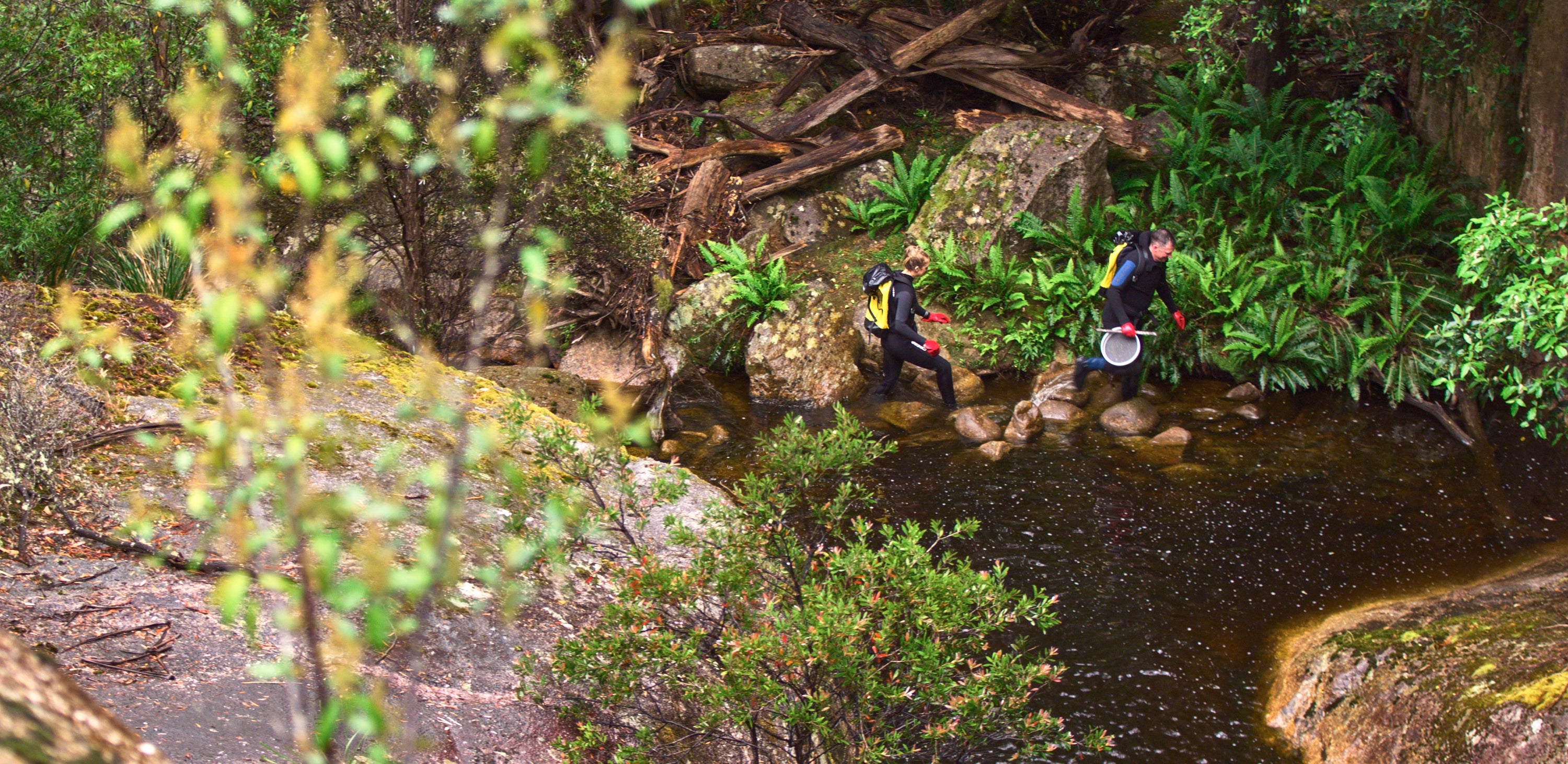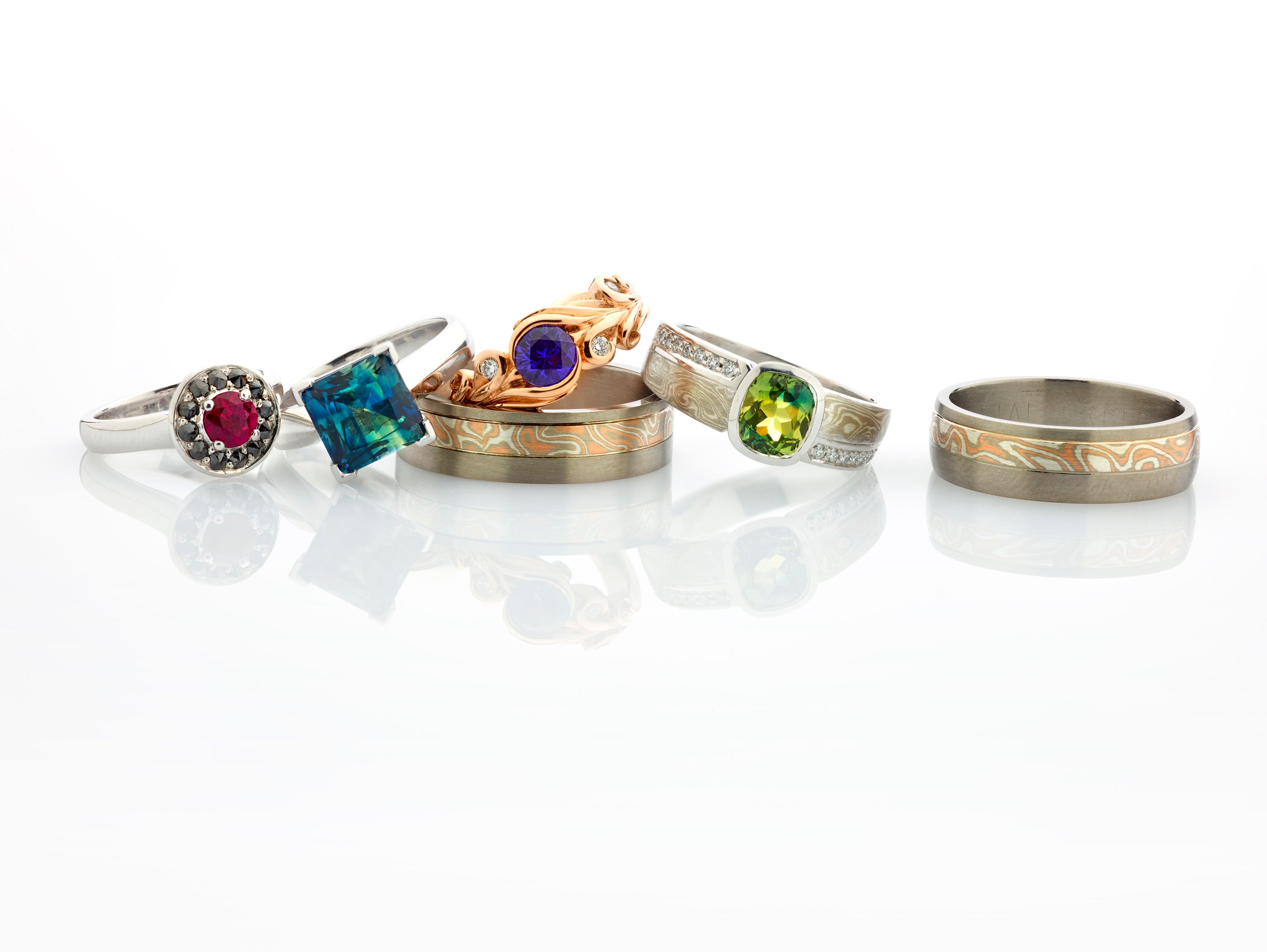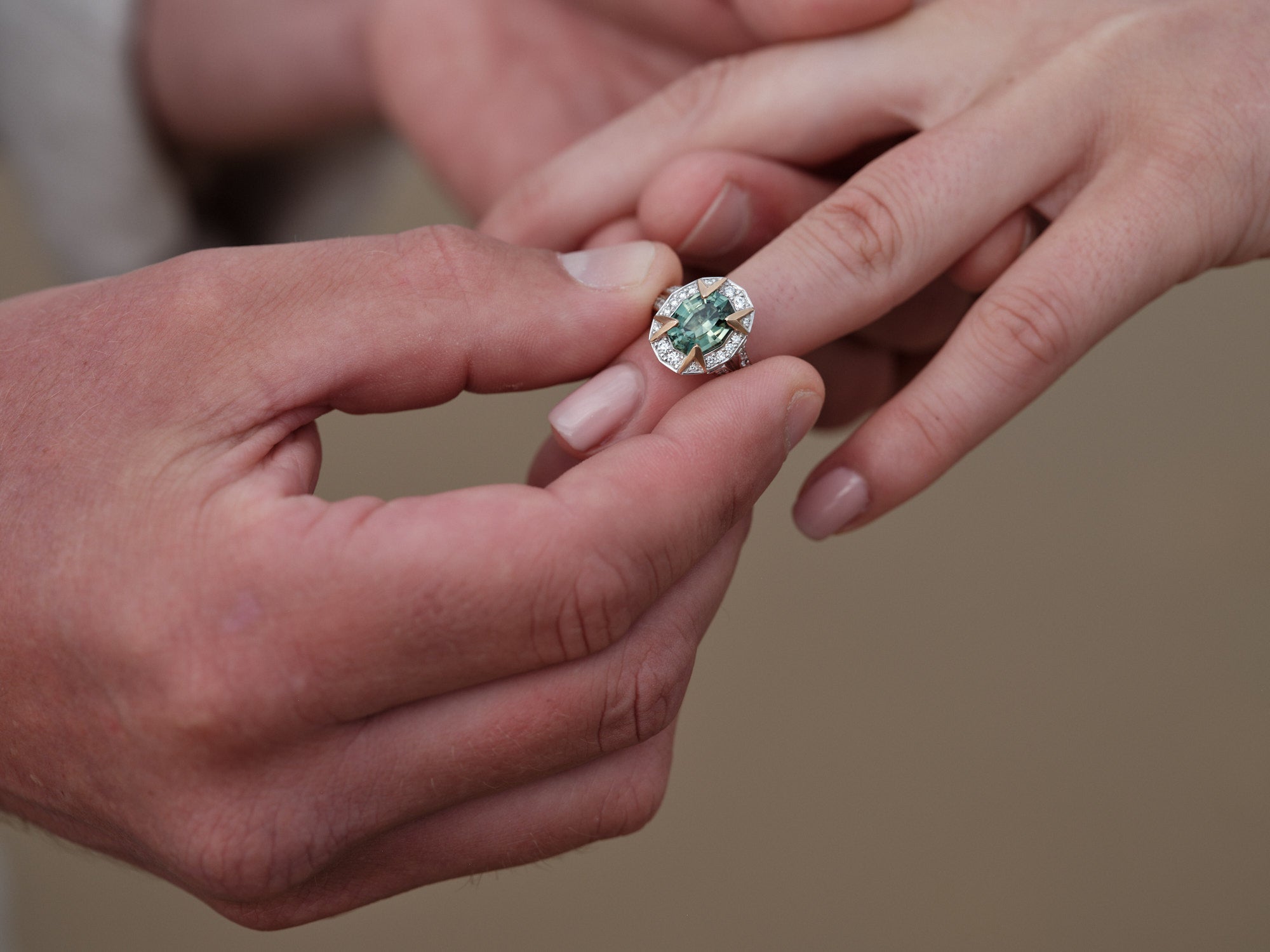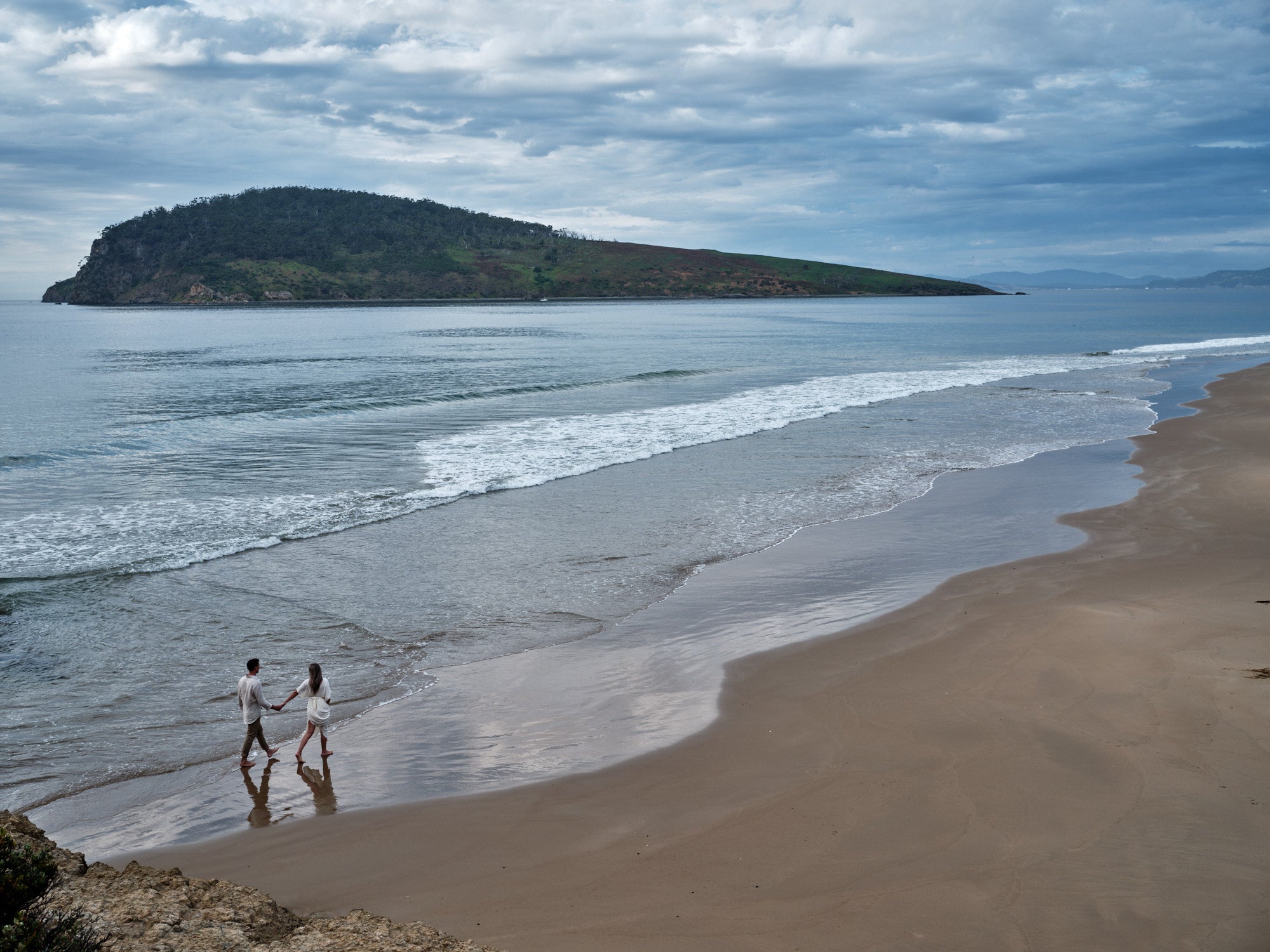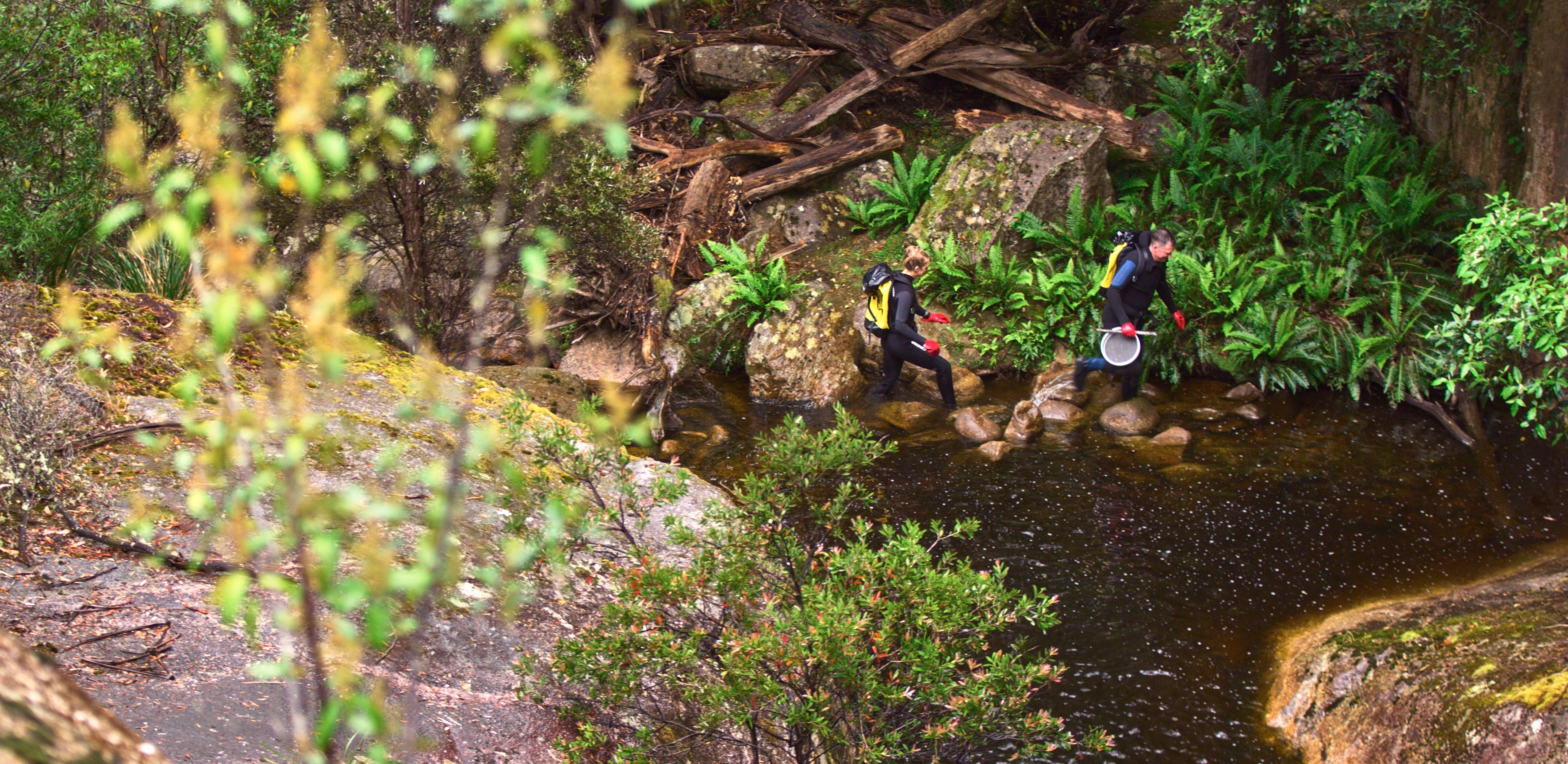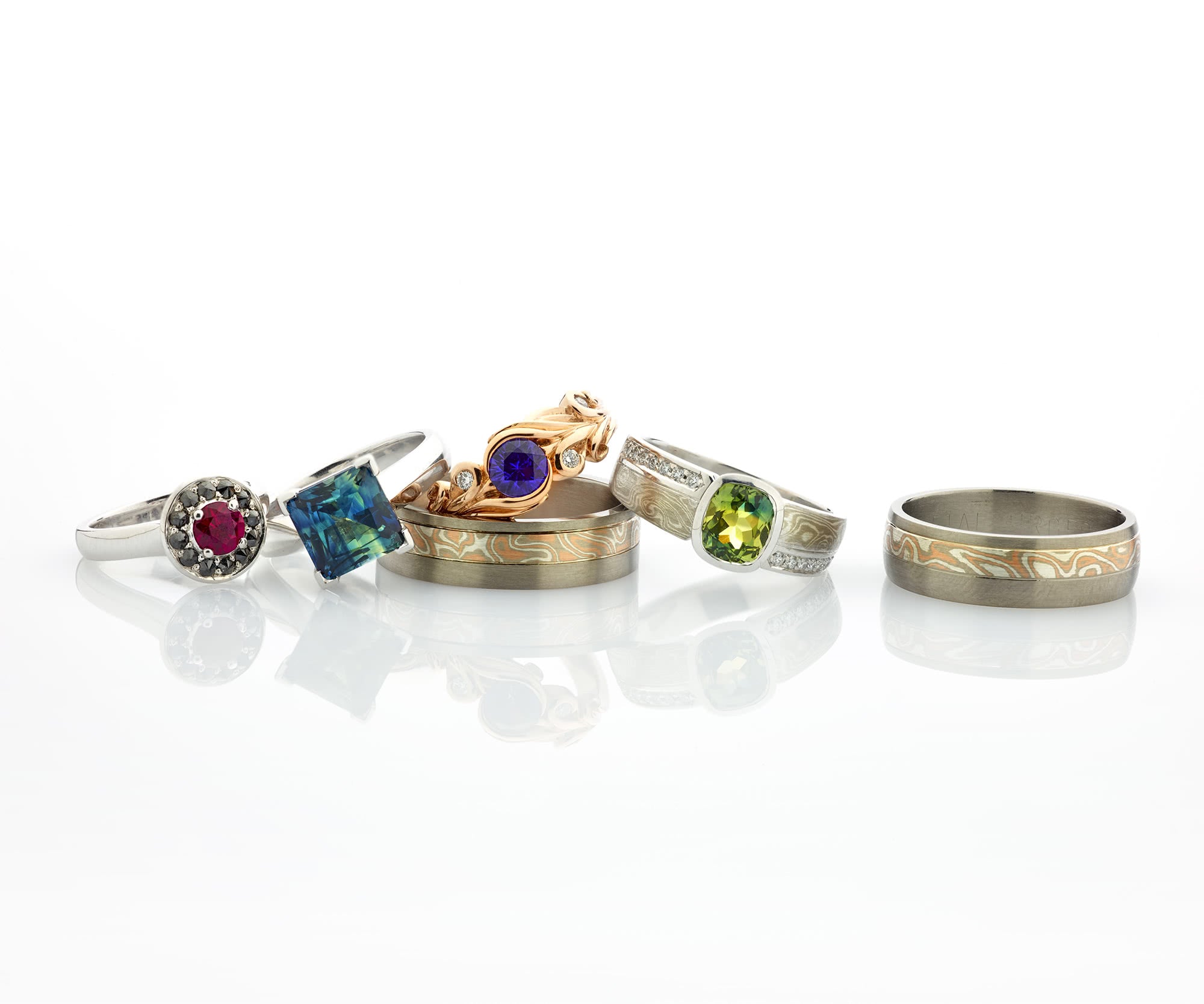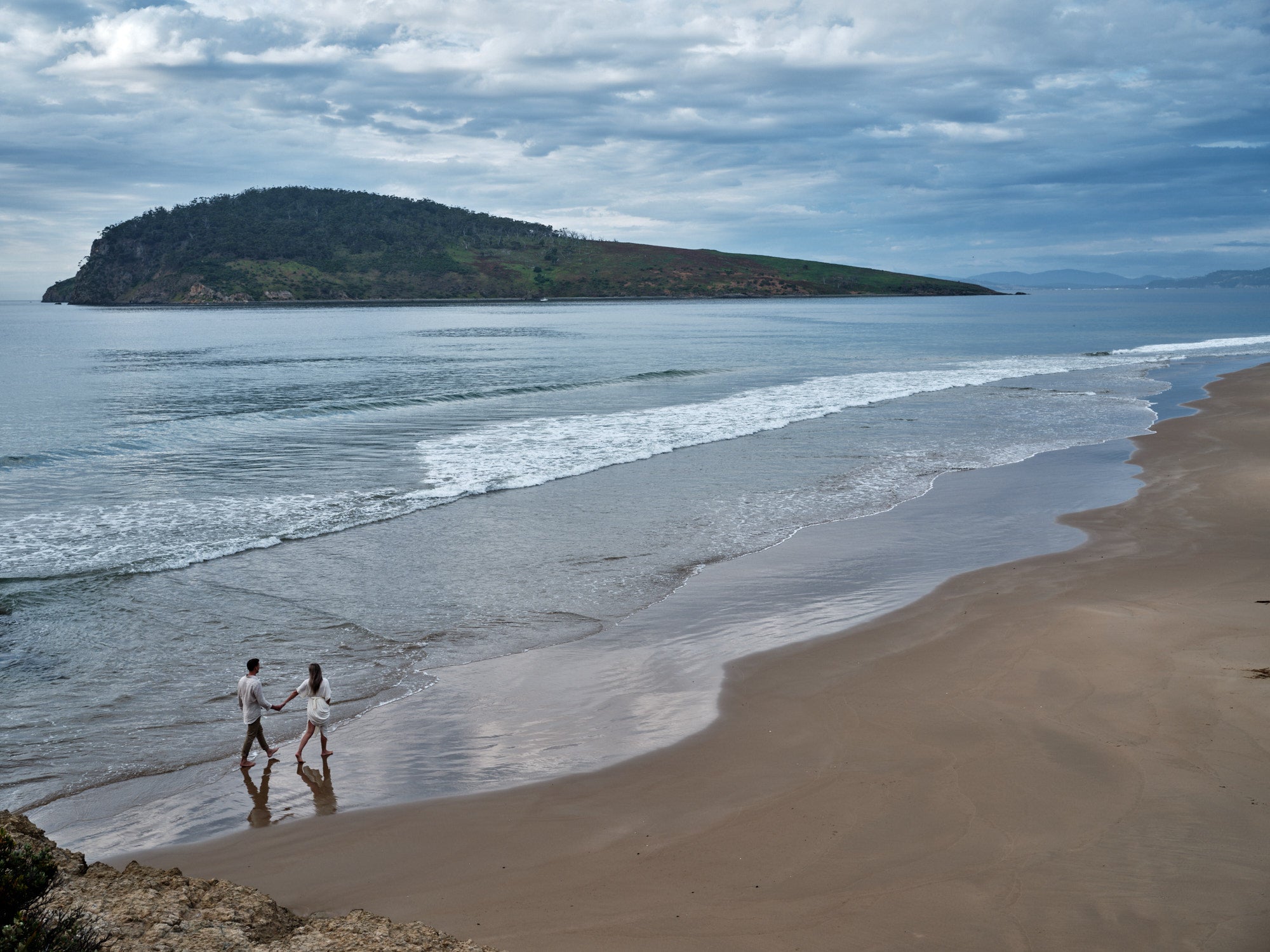Beauty without compromise
Passionately Tasmanian, Metal Urges Fine Jewellery & Diamonds stands unparalleled as a ‘River to Ring’ specialist, globally renowned for crafting ethically sourced gemstones into beautiful pieces designed to last forever. With a singular focus on fine quality, each unique item bears the esteemed ‘Metal Urges’ mark, symbolising our commitment to excellence. Discover breathtaking beauty and celebrate unforgettable moments with Metal Urges, where the passion for timeless elegance and unmatched service culminates in the epitome of fine jewellery.


— Jewellery
White Diamond Engagement Rings
Metal Urges offer an unparalleled selection of responsibly sourced white diamond engagement rings. We source diamonds using established international and local suppliers who understand the need for transparency, social responsibility and ethics.
Each diamond is carefully matched to meet preference and budget. All shapes and sizes are available provided the gradings requested meet our stringent minimum requirements. We always succeed in supplying the ideal white diamond for our clients’ diamond engagement ring.

— Jewellery
Blue Sapphire Rings and Jewellery
At Metal Urges we love working with natural and untreated blue sapphire and is one of our areas of expertise. Our blue sapphire colour range is extensive, filled with more than 300 vivid and saturated hues. This rare and valuable gem is perfect for engagement, eternity or wedding rings, necklace pendants or earrings.

